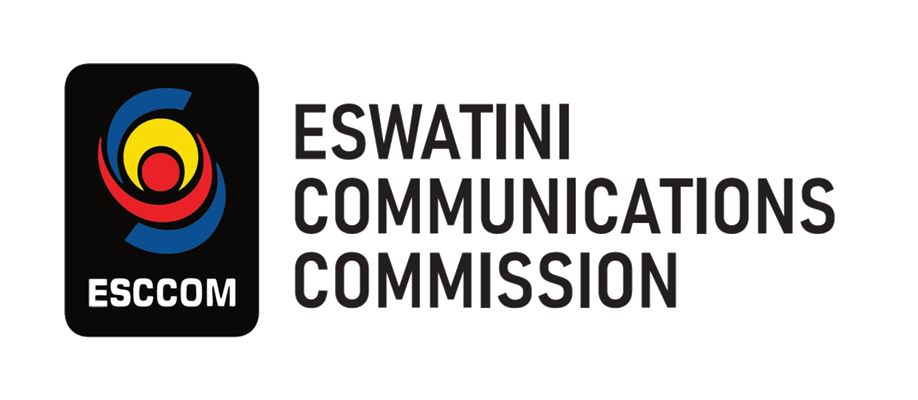Strategy
Medium Term (Three-Year) Strategic Objective (2021 – 2024)
To build on foundational framework established between 2018 and 2021, essential to achieving the long-term goal of universal access and service for broadband Internet, broadcasting and postal services in Eswatini’s four regions. This includes pursuing UAS for individuals, households, SMME’s, schools and health facilities.
Long-Term Goals (2024 – 2027)
To achieve universal access and service to high speed, high capacity, high quality, highly reliable and affordable broadband Internet for telecoms, broadcast and postal services throughout Eswatini by 2025.
These strategic areas form the five pillars that support the realisation of the strategy as follows:
| Pillar | Description | Objective/ Specification |
|---|---|---|
| Subsidization | To use the Fund to create key interventions to address the market access gap |
|
| Availability | All inhabitants have service available |
|
| Accessibility | All inhabitants can access the service |
|
| Ability | All inhabitants have the basic ability/ capacity to use ICT services |
|
| Affordability | All inhabitants can afford to use the service |
|
| Evidence Based Decision Making | All decisions made by the Fund are based on sound research and investigation |
|




